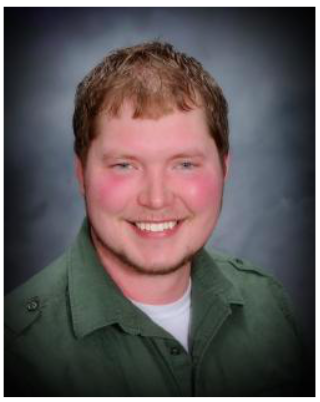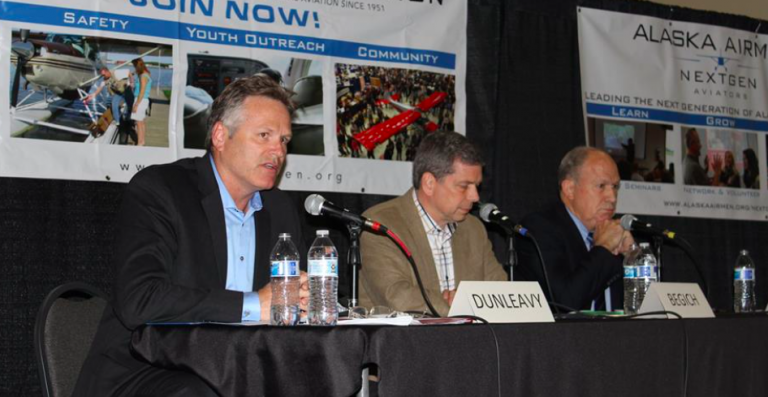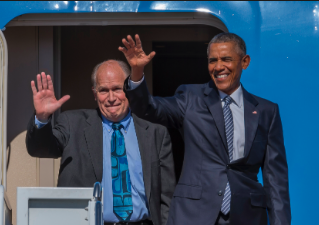ANDI STORY OF JUNEAU, JOHN LINCOLN OF KOTZEBUE
Juneau received a surprise today: Former President Barack Obama announced on Twitter that he endorses Democrat Andi Story for House District 34.
But was it a good surprise? After all, he did not endorse Jesse Kiehl, who is running for State Senate as a Democrat to replace Sen. Dennis Egan. Just Andi Story.
Story is running against retired police officer Jerry Nankervis, who spent 24 years on the Juneau police force and has served as a member of the Juneau Assembly, until his run for state office.
Why didn’t Obama support Nankervis for House District 34? Party politics aside, those 24 years of protecting the public meant little to the former president, who went with the reliable Democrat five terms on the school board under her belt.
These kinds of endorsements don’t come without requests from connected locals; pundits say former Rep. Beth Kerttula put in the call to Obama. Kerttula had worked in the Obama Administration, as director of the National Oceans Council.
With Republicans poised to take back the leadership of the House of Representatives, the election of Andi Story would leave the capital city without a member in the majority caucus. But Obama has not added that into his thinking, evidently.
Juneau has been represented by Democrats since District 34 turned out Cathy Munoz in 2016, and elected Democrat Justin Parish in her place. Parish is not running for a second term.
District 34 candidates Story and Nankervis won 1,549 and 1,455 in their respective primaries and head into what is bound to be a tight General Election race.
In 2012, only 13 of 40 House districts favored Obama. House District 34 encompasses some of that area that favored Obama, although the districts lines have changed since then.
Surprisingly, Obama has not yet endorsed Mark Begich for governor. Nor has he not endorsed Alyse Galvin against sitting Congressman Don Young. Instead, he focused on two legislative races that might seem of minor consequence to a former president.
Obama also endorsed Rep. John Lincoln of Kotzebue, who was appointed to serve out the term of Rep. Dean Westlake, a man who resigned after being accused of harassing an aide in Juneau.
Obama endorsed Democratic Socialist Alexandria Ocasio-Cortez in her congressional race in New York, where she upset the Democratic incumbent. Ocasio-Cortez was endorsed by progressive organizations such as MoveOn, Justice Democrats, Brand New Congress, Black Lives Matter, and Democracy for America.
“The Democratic Party has always made the biggest difference in the lives of the American people when we lead with conviction, principle, and bold, new ideas,” Obama said in a statement.
Ocasio-Cortez supports Medicare for all, a job guarantee for all, tuition-free taxpayer-funded college, and gun-control.









